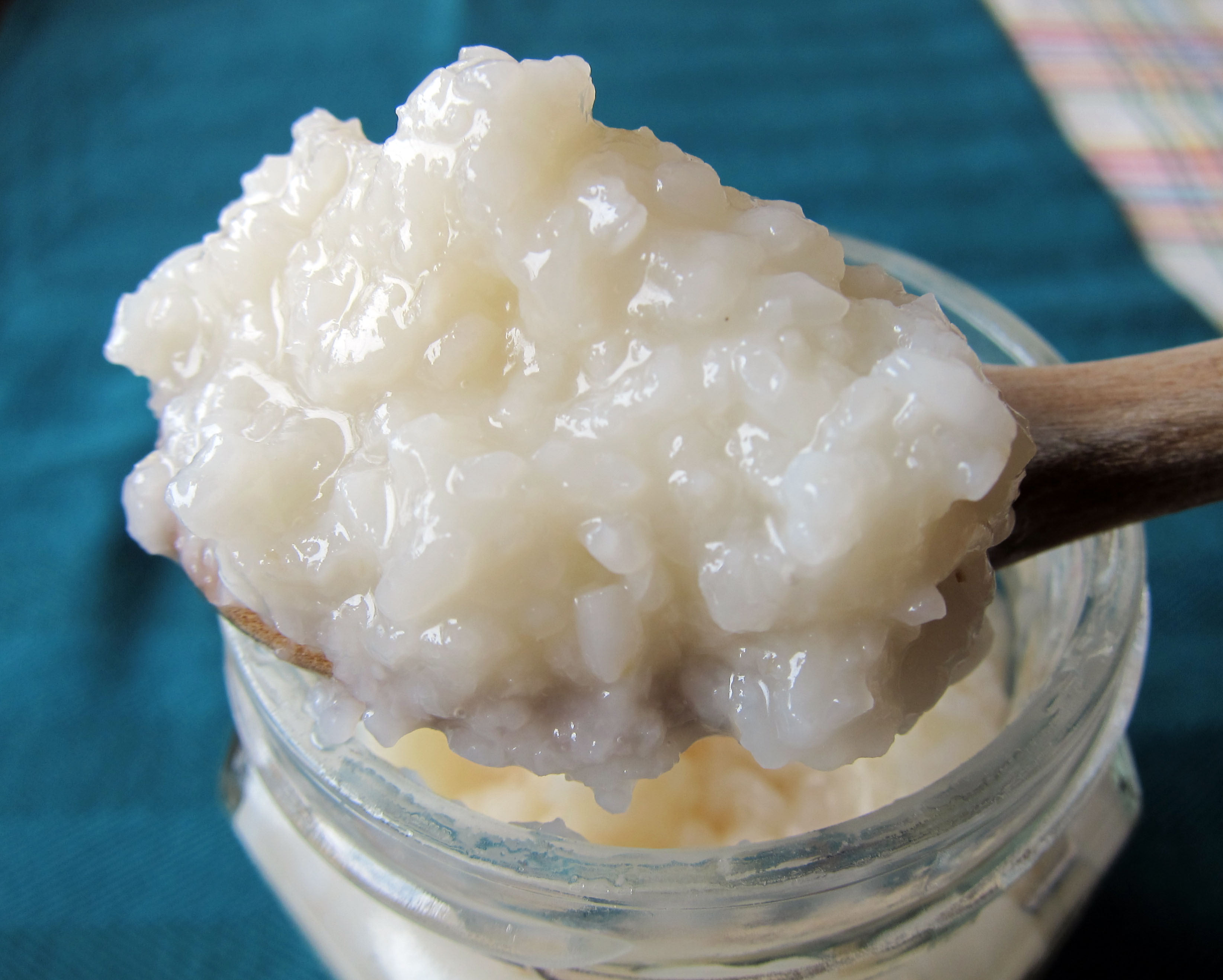The development of Japanese cuisine owes much to the humble kōji or kōji-kin. A type of fungus or mold, it is used in all kinds of foods and beverages. It's as important in Japan as the fungi, bacteria and yeast that give character to cheese, yogurt, wine, beer and bread are in the West. The difference is that just one type of fungus is used in so many foods.
Kōji (Aspergillus oryzae) was probably domesticated at least 2,000 years ago. It is used to make sake, mirin, shōchū, awamori (an Okinawan beverage), rice vinegar, soy sauce and miso - all ingredients that define Japanese food. No wonder that it was declared the kokkin (national fungus) by the Brewing Society of Japan, and the genome was closely protected until 2005. Besides Japan, it is also used extensively in China and Korea to ferment and mature various foods.
To use kōji, spores are mixed into steamed rice (potatoes, wheat and soybeans are also used, depending on the purpose), then allowed to mature for a period of time in a warm environment, about 50 degrees Celsius. The kōji turns the starch in the rice into sugar (a process called saccharification) and releases a variety of fatty acids and amino acids including glutamate, the basis for the "fifth taste," umami. This kōji-rice mixture is called kome-kōji.



















With your current subscription plan you can comment on stories. However, before writing your first comment, please create a display name in the Profile section of your subscriber account page.